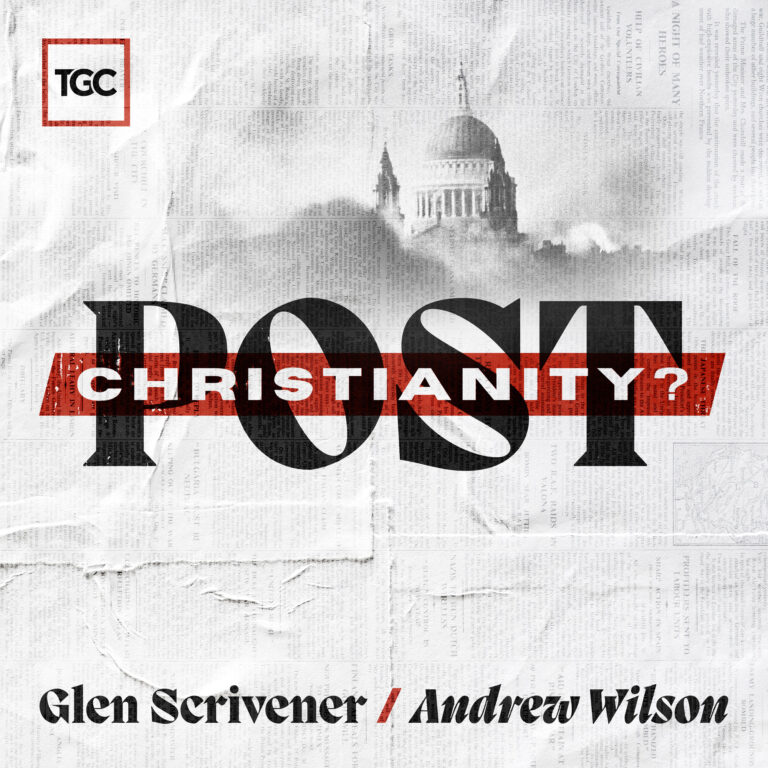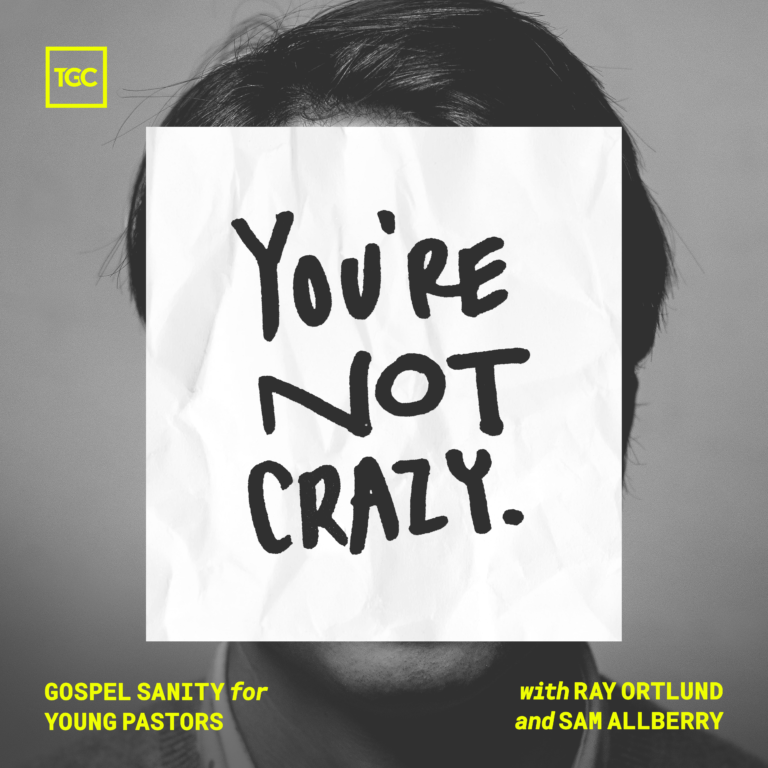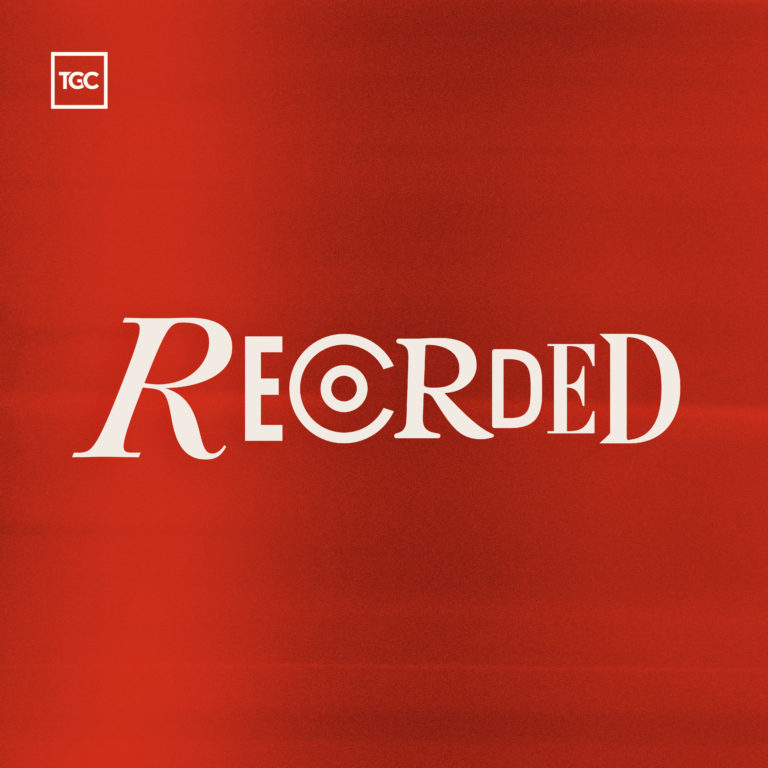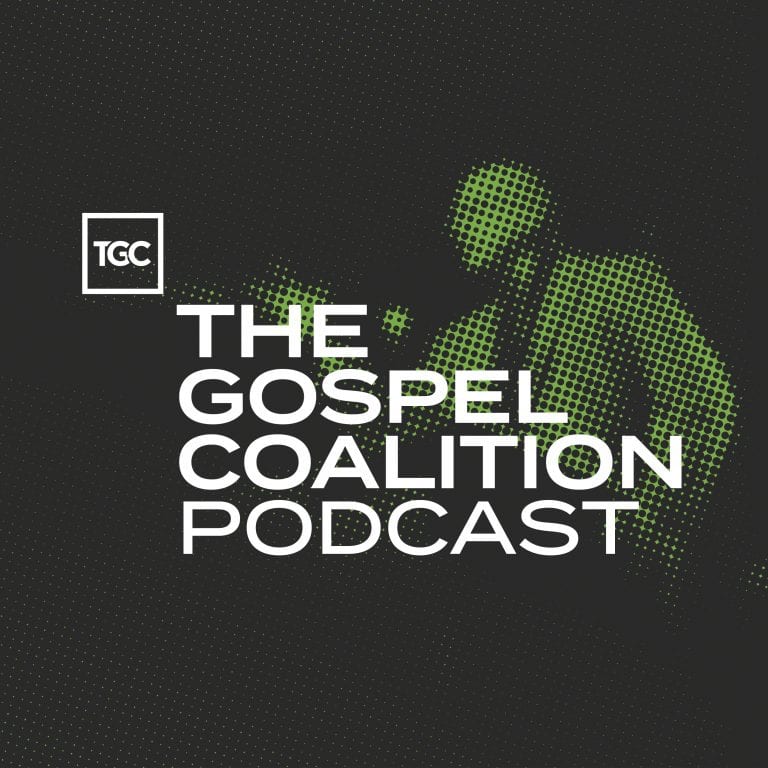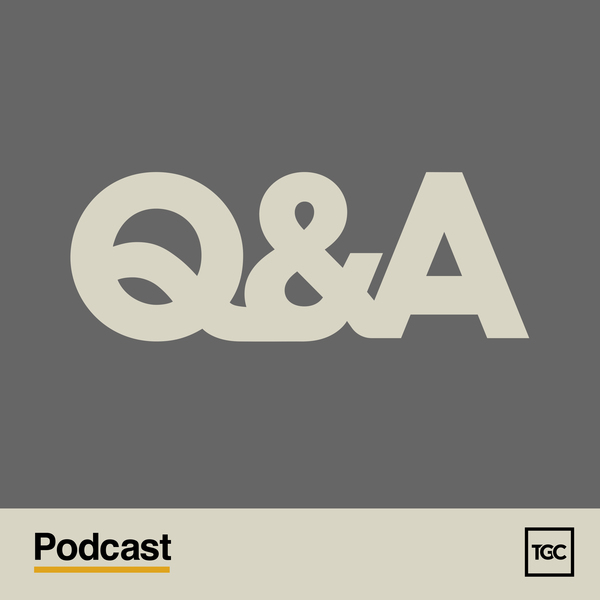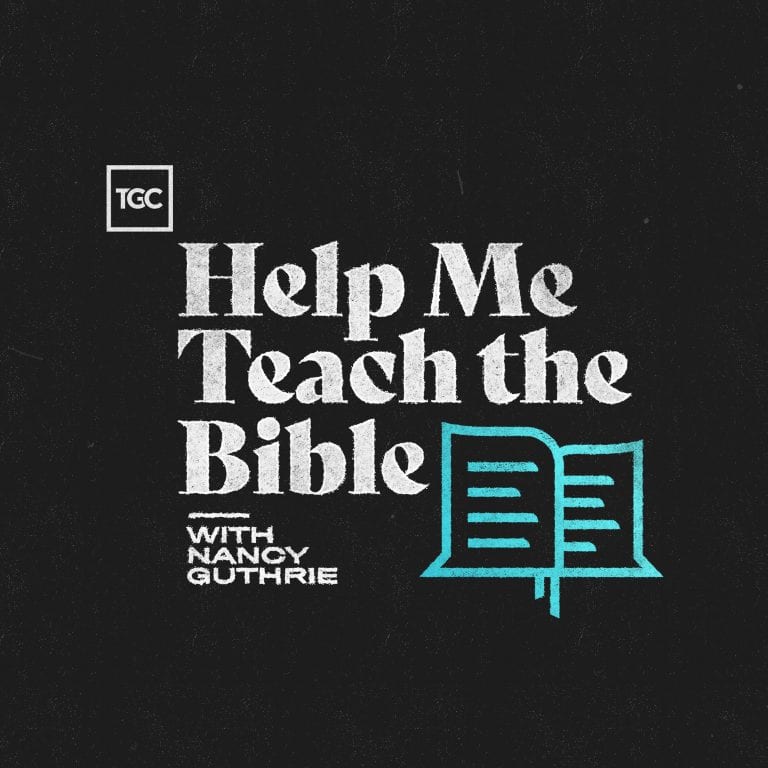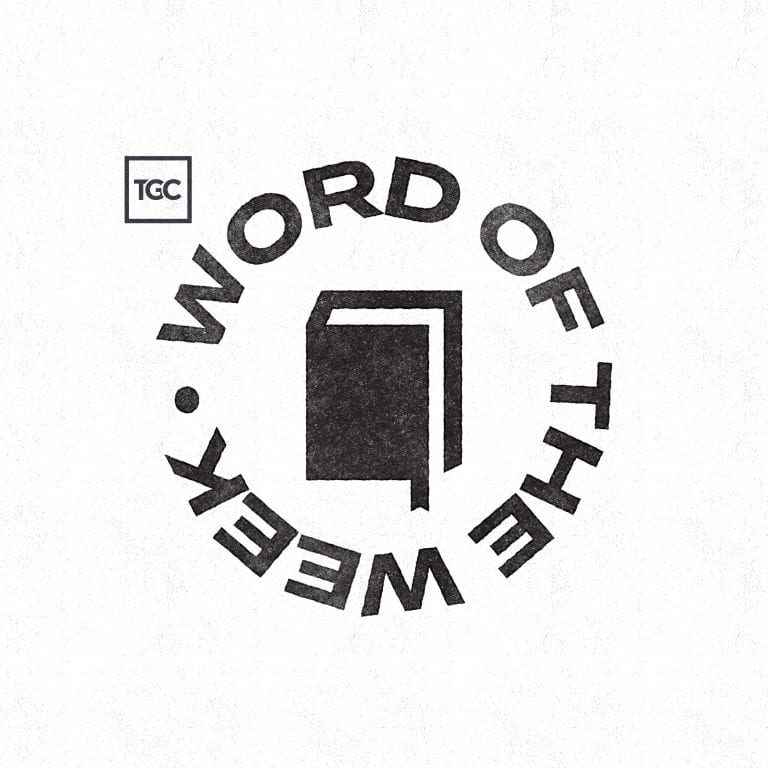A few weeks ago, I watched an episode of comedian Hasan Minaj’s Netflix show, Patriot Act. In each 20-minute episode, Minaj takes a popular topic like immigration or Amazon’s dark side and engages his audience with thoughtful commentary, running jokes, and an array of images, video clips, and social media posts.
The show itself is a window into 21st-century America: We value original, unbiased observation on underexplored issues in our culture. But we get distracted easily, so we want this social commentary to come with a blizzard of fast-moving visual cues. By a comedian. On an online streaming channel. In 20 minutes.
In this frenzied, always-on society, two Stanford professors have rekindled an ancient conversation. Is it better to slow down, refuse to enter the rat race of activity and accomplishment, and let ourselves thoughtfully rest? This is the contemplative life—the vita contemplativa. Or, on the other hand, should our lives be given to building and improving society through work toward the common good—the vita activa?
Simply put, is it better to do or to be?
In Action versus Contemplation: Why an Ancient Debate Still Matters, Jennifer Summit (who is now at San Francisco State) and Blakey Vermeule present us with the deep roots beneath this question, showing that ours is not the first society to wrestle with its implications.
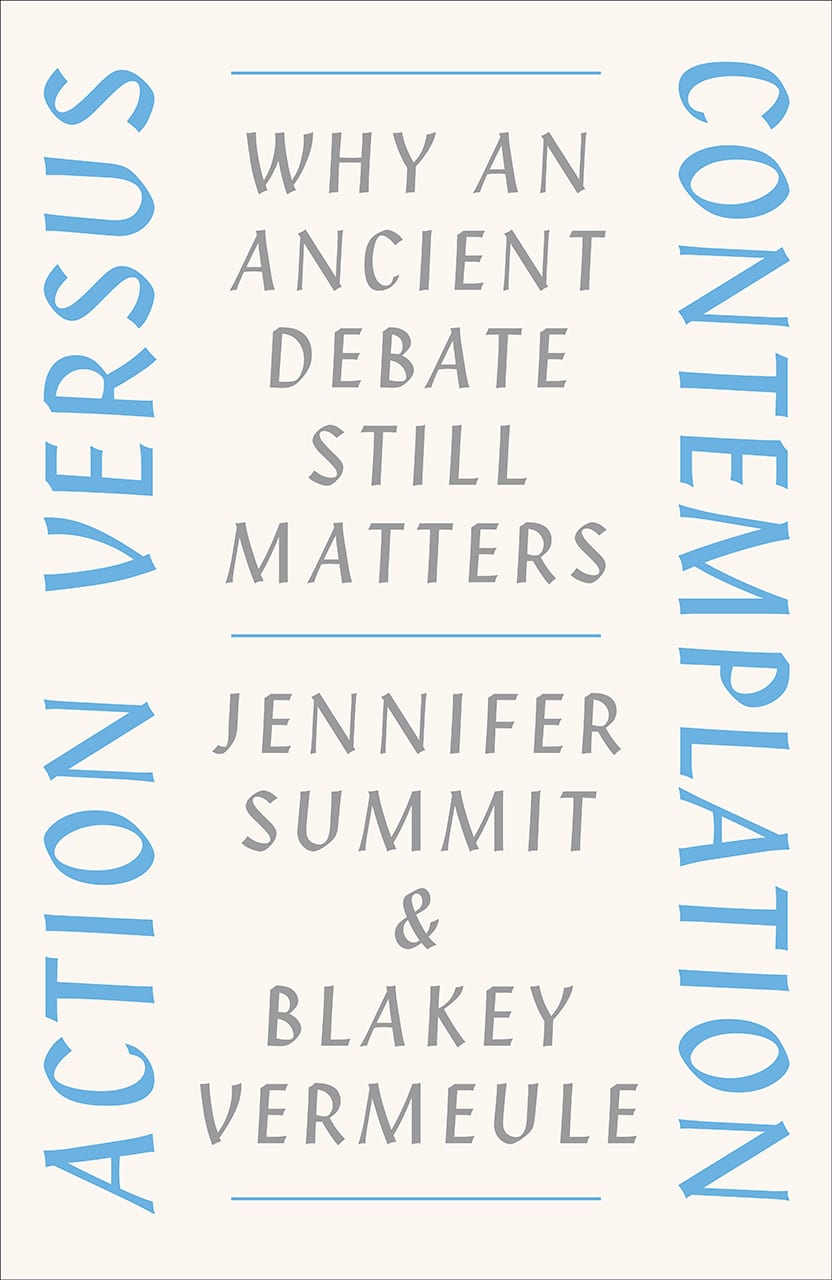
Action versus Contemplation: Why An Ancient Debate Still Matters
Jennifer Summit and Blakey Vermeule
Action versus Contemplation: Why An Ancient Debate Still Matters
Jennifer Summit and Blakey Vermeule
It is truly an ancient debate: Is it better to be active or contemplative? To do or to think? To make an impact, or to understand the world more deeply? With Action versus Contemplation, Jennifer Summit and Blakey Vermeule address the question in a refreshingly unexpected way: by refusing to take sides. Rather, they argue for a rethinking of the very opposition. The active and the contemplative can—and should—be vibrantly alive in each of us, fused rather than sundered. Writing in a personable, accessible style, Summit and Vermeule guide readers through the long history of this debate from Plato to Pixar, drawing compelling connections to the questions and problems of today.
Ancient Roots of a Timely Debate
Summit and Vermeule don’t set out to answer the question but to explore it. “It is a misleading and dangerous illusion to treat ‘action versus contemplation’ as an either/or proposition. Action and contemplation have only intermittently been enemies. They are vibrantly alive in each of us, potentially fused rather than sundered” (19).
Their goal is to show that these aren’t merely questions for professional philosophers; these questions lie beneath many everyday choices. Should I major in the humanities or business? Is it reasonable to expect that my work be personally satisfying and economically viable? In times of conflict and division, should my first instinct be to read and reflect or to act with boldness?
The strength of Action versus Contemplation lies here, urging us to consider the contributions of our intellectual forefathers. For instance, Aristotle taught that contemplation is the highest state of human flourishing, and English poet John Milton described contemplation as the more difficult, higher path of human living. Similarly, Henry David Thoreau seemed to encourage his Western readers to leave our busy, anxious world behind and find our own Waldens.
Today, we might see the contemplative camp alive and well in a generation of millennials hoping to find themselves, do meaningful work (“it’s not work; it’s soulcraft”), and maintain healthy work/life balance. “Just be,” they contend.
On the other side, those in support of action have spent less time writing philosophy and poetry and more time commanding armies and building companies. Western history, in our white-knuckled addiction to activity and achievement, certainly leans toward action. In The Human Condition (1958), Hannah Arendt explained that the arrival of the technological age in the 17th century tilted the balance toward action, and contemplation became marginalized in favor of production and productivity (29–30).
Today, we see the action camp thriving in the spirit of John Wayne and management studies promoting a bias for action. “Just do it,” they demand.
The book’s contribution, then, is to offer no grand conclusion beyond embracing this ancient tension so we can live with wisdom in polarizing times. But if you’re looking for answers or advice, their work won’t be immediately satisfying. (And I assume that’s their point.)
Action and Contemplation in the Church
Throughout the book, the most balanced perspectives come from within the Christian tradition.
In The City of God, Augustine wrote, “No man has a right to lead such a life of contemplation as to forget in his own case the service due to his neighbor; nor has any man a right to be so immersed in active life as to neglect the contemplation of God” (28). Augustine’s student Gregory the Great followed in his steps, writing that activity and thought are like two eyes that work together to produce sight.
The fifth chapter finally reaches the teachings of Jesus. Luke 10:38–42 gives us a radical view that could form the basis of an entire book. In the presence of Jesus, “Martha was distracted by all the preparations” and (passive-aggressively) asks Jesus to tell her sister to help her. Is Martha the model of hospitality—her diakonia service is later praised by the early church—or the model of distracted activity? Our Lord notes that she is “worried and upset about many things.”
Mary instead chose the one thing needed: She sat calmly in the presence of the Lord. It seems to be a strong case for the vita contemplativa. I expected a longer discussion of this important passage; after all, who has affected Western society more than Jesus Christ?
But Summit and Vermeule are literature professors, and it’s outside the scope of their book to exegete Jesus’s meaning in Luke 10. They demonstrate how some Christian thinkers applied this passage in their own times. Still, this was the discussion I was most interested in, and its brevity left me disappointed.
Missing Link
Action versus Contemplation provides an interesting background for evangelicals, who have been activists since at least Billy Graham. (The name evangelical, of course, gives away our desire to be active in the spread of the good news.) But for all the growth of the evangelical movement, there is such a pervasive rate of burnout among our leaders and members that we need to examine our ways. If salvation is by grace alone, if the gospel says the ultimate pressure is off for all who believe, then why are our leaders so prone to exhaustion?
Many of us have found a source of great strength and wisdom in the contemplative tradition. We want to see our action rooted in a deep life of contemplation. We have seen that to serve and lead in the church without spiritual depth is a recipe for disaster. We were made for a deeper, more connected spiritual life. A life of Christian activism will be exhausting or even empty without a foundation of contemplative prayer and meditation on Scripture. And if we are “built for contemplation,” then an attentive prayer life shouldn’t be opposed to an active life of service. Instead, contemplation could be the source of action.
The great contribution of Christianity to the ancient debate is both in thought and action: From a deep security in Christ and a contemplative relationship with him, we love others and take action to promote their good.
Love is the connection: Love from God becomes love for God (contemplation) and love for others (action).
Paul’s prayer for the Thessalonians demonstrates this view: “May the Lord make your love increase and overflow for each other and for everyone else” (1 Thess. 3:12). May God make our love for him increase, and it will overflow to each other in the church and then to everyone else in the world. As the beloved disciple writes, “Dear friends, let us love one another, for love comes from God” (1 John 4:7).
And it’s no surprise that Jesus answers the greatest commandment question with a dual love: “Love the Lord your God with all your heart and with all your soul and with all your mind. . . . [and] Love your neighbor as yourself” (Matt. 22:37–39).
Love seems to be the missing element in the contemplation versus action debate. Love for God, developed and expressed through a rich prayer life, becomes an active love for others.
Exploring Tensions
Love isn’t a simplistic answer to an ancient debate, but it does draw us into the space between contemplation and action. This is what I appreciated about Action versus Contemplation: It explores the depth of tensions instead of giving quick answers to complex questions. The authors seem to hold back their desire to see a movement toward contemplation—they are professors, after all, and writing for an academic press. But they resist answering the question for us. Instead, like true contemplatives, they let the question hang in the air and empower us to think (and perhaps even feel) for ourselves.
In our busy, always-on culture, Summit and Vermeule’s thorough research lets us engage the ancient roots of this critical debate—and it is indeed more pleasant and formative than an evening in front of Netflix.


























